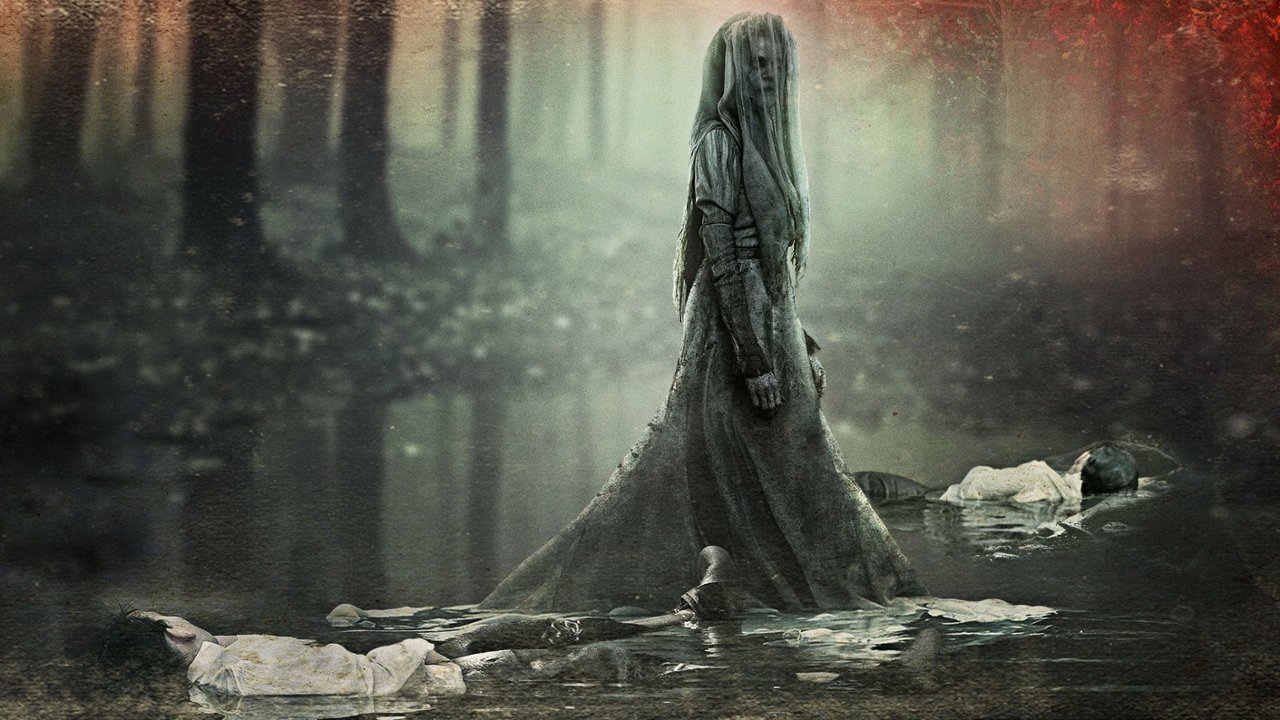
when Horror Yearbook – La Llorona remains one of the most enduring legends in Mexican folklore. Rooted in centuries of oral tradition, this ghostly tale speaks of grief, loss, and eternal sorrow. The story tells of a woman who lost her children by her own hand in a moment of despair or jealousy. After realizing her mistake, she wanders riverbanks, crying out for them in haunting tones. Her wail, often described as Ay mis hijos, chills the spine of anyone who hears it. Children in many villages are told to stay home before dark to avoid encountering her spirit. Across Latin America and parts of the southwestern United States, this weeping woman appears in countless retellings. Her name evokes fear and respect. Though many details change from one version to another, the message remains. A tragic figure roams endlessly, warning others about the dangers of uncontrolled emotion and irreversible actions.
The tale of La Llorona likely began long before European colonization. Some scholars trace her to Aztec mythology where a goddess wept for her lost children. Over time, this spiritual figure evolved, especially after the Spanish conquest, becoming more aligned with Christian themes of guilt and penance. Colonial literature featured women condemned by society for falling outside moral boundaries. In rural Mexico, La Llorona’s story gained traction as a warning for disobedient children. Folk beliefs shaped her image as a thin woman dressed in white with flowing black hair. She appears near rivers or lakes, crying for her children through the night. In modern versions, she may also represent the pain of colonialism or the burden of womanhood. Through generations, storytellers adapted the myth to address changing cultural fears. Despite variations, La Llorona continues to serve as a haunting mirror of human sorrow and spiritual reckoning.
“Read about: Yacumama: The Serpent Spirit of the Amazon”
The chilling cry of La Llorona carries deep symbolic weight. It represents more than grief. Her voice symbolizes regret and warning. Her presence near water reflects life, death, and purification. Water cleanses yet also conceals. Many believe that her scream marks the boundary between this world and the next. In Mexican culture, the idea of crying spirits often connects with unresolved trauma. La Llorona’s cry tells of a past that cannot be fixed and a present that remains haunted. She is both victim and villain. Her story makes people reflect on maternal love, betrayal, and consequences. Across generations, her voice continues to frighten yet fascinate. Families use her legend to encourage caution and protect children from danger. Whether seen as myth or moral tale, her cry reminds listeners that some mistakes echo far beyond their moment. In rural communities, her weeping becomes part of the natural soundscape.
“Read more: SweatPals Redefines Fitness for Gen Z with a Community-First Approach”
La Llorona has inspired countless films, books, plays, and songs. In cinema, she appears in horror movies across Latin America and the United States. Directors use her story to explore themes of justice, fear, and redemption. She often appears as a ghostly woman haunting families or towns. The legend influences music lyrics and street art in urban centers. Festivals sometimes feature actors dressed as La Llorona walking through the crowd. In classrooms, her tale is used to explore folklore and oral tradition. Beyond Latin America, the myth gained traction among broader audiences. Hollywood adaptations present her as a universal symbol of grief. While critics debate the accuracy of such portrayals, interest in the story continues to grow. Artists reinterpret her based on current social issues. The story allows room for modern creativity. Though ancient in origin, La Llorona still finds new life in contemporary media and storytelling.
The tale of La Llorona offers lessons for all generations. At its core, the legend warns against letting emotions overpower reason. Her tragic actions led to endless suffering. Communities tell her story to teach caution and responsibility. Mothers use her as a figure of discipline. Children hear the tale and become more mindful of boundaries and danger. The story also highlights the consequences of societal judgment and isolation. Many versions describe how betrayal or abandonment led to her downfall. These elements prompt reflection about how communities treat women and mothers. In rural areas, La Llorona becomes more than a ghost. She serves as a moral compass. The power of her tale lies in its adaptability. As society evolves, the myth changes to stay relevant. Yet the fear remains. La Llorona continues to wander riversides not only in story but in the minds of those who hear her cry.